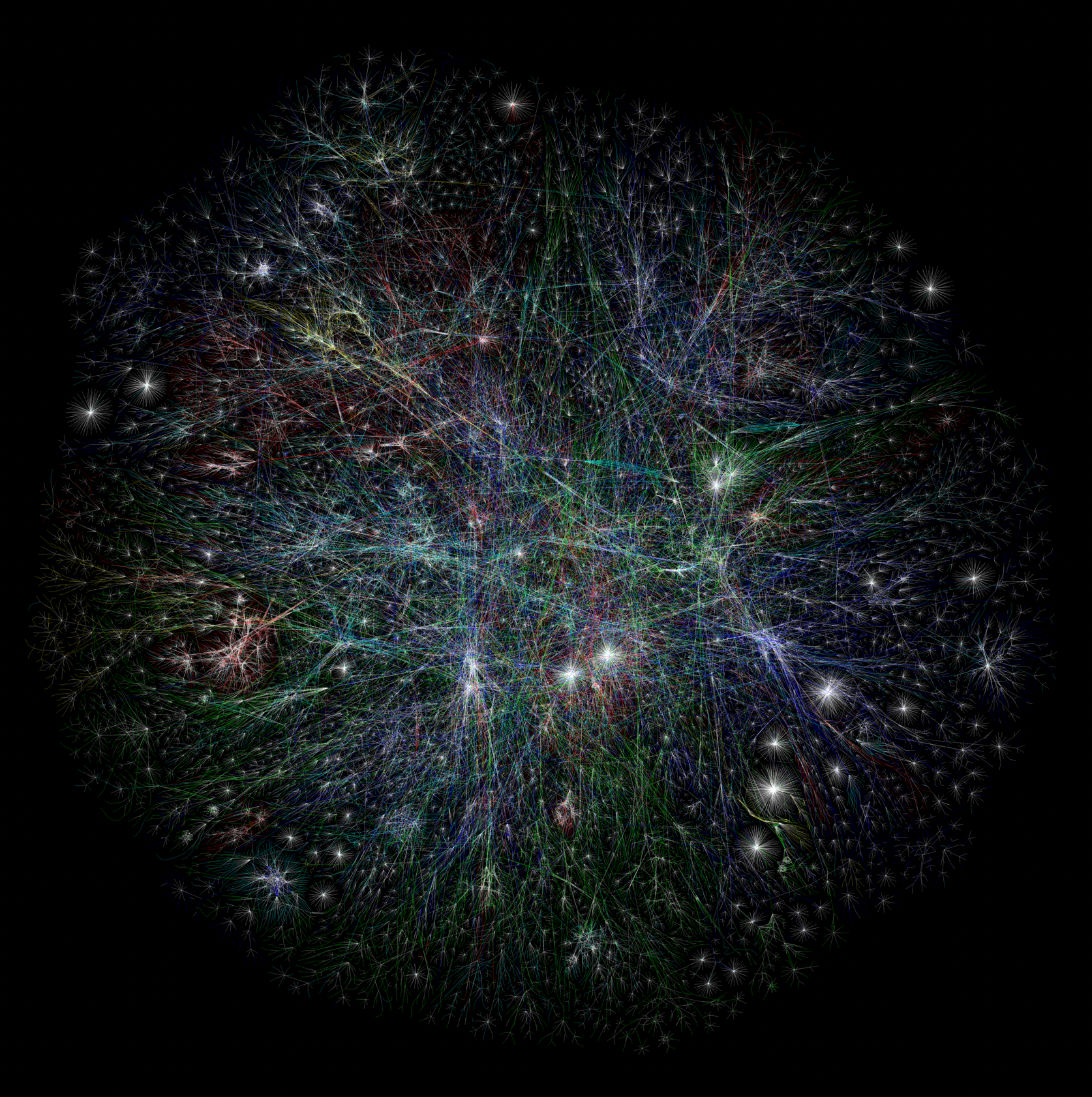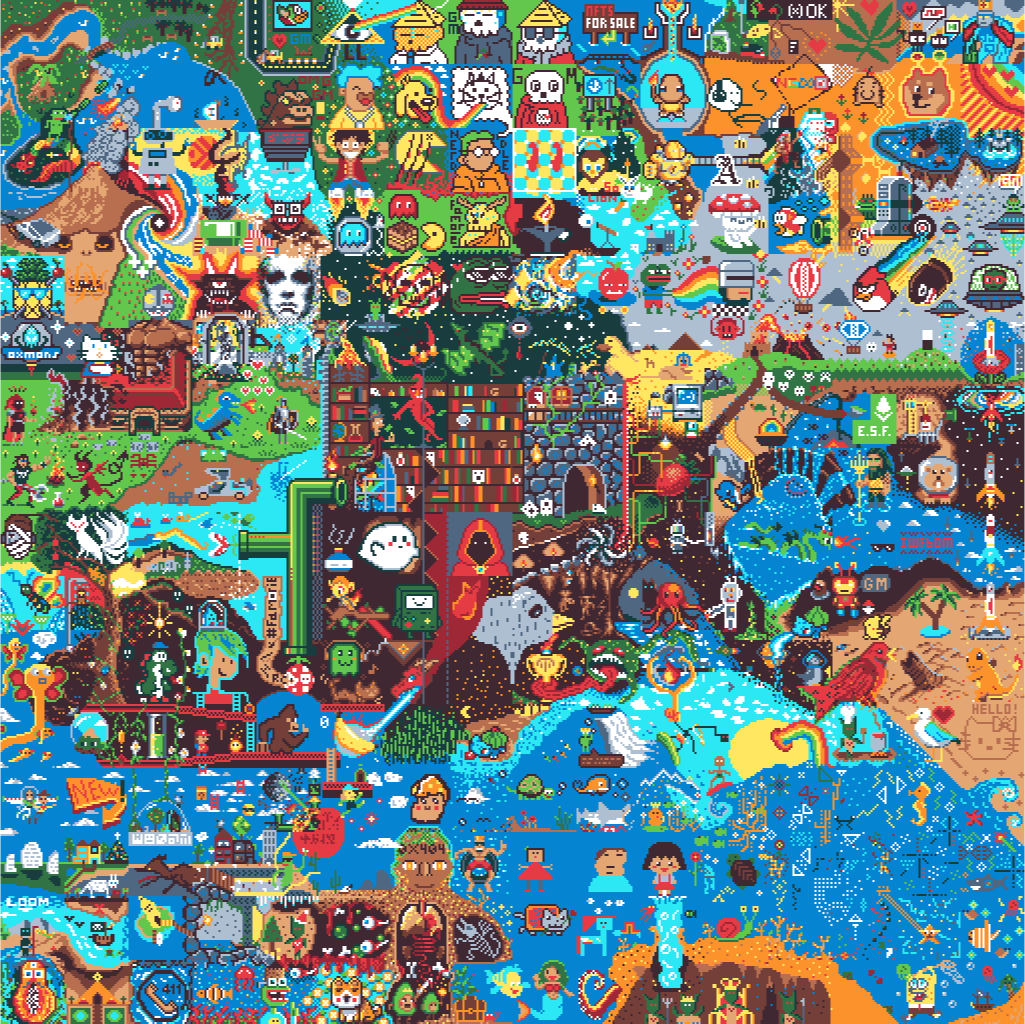Web3 is Social Tech
As a clinically trained social worker building web3 software tools to improve human relationships, connecting the dots of how I got here is a worthy endeavor. Partly a walk down memory lane, and partly a brief history of networked software tooling, I hope this post can convey my excitement for the social implications of web3.
Social Tech and Social Design
I’m deeply interested in the design of social systems: how people communicate and organize into groups so we can collaborate, coordinate, and achieve something greater than what we could as individuals. As an experiential learner, discovering and cohering this conclusion into one sentence has taken a lot of exploration.
I’ve now spent almost two decades immersing myself in a variety of projects and areas of study to better understand people, how we relate, and how we organize these relations. Most of my early efforts prioritized social design in the health care space with an emphasis on social technology, or social operations.
Regardless of the project at-hand, my favorite social tech tool is the person-in-enviornment mental model I picked up when studying social work. The crux of it is seeing people within the environmental contexts they live. Person-in-environment is a type of relational analytical tool. The mental model helps to see each of us as a node with myriad links extending out to a variety of people, groups of people, and other larger systems of people.
Think of how you spent the last week: who did you see, text, call? What communication tools did you use: computer, phone, watch, post-it notes? What systems did you interact with: corporations, DAOs, communities, post office, state, health care? Each interaction, however small, contributes to the web of cross-contextual relations we create, nurture, and tend throughout our lives.
During the course of my time focused on social tech, I became interested in the tooling we used. Tooling was my path to discovering digital technology as a rich area to explore and experiment with. Within the digital tech ecosystem, I began with a broad interest in software development and tools to facilitate human connection. It was a slippery slope, however, from researching and building collaborative software to falling down the rabbit hole of web3.
The Web3 Rabbit Hole
Web3 sits at a fascinating intersection of social, digital, and financial technologies.[1] This makes for an interesting ecosystem to experiment within, a playground for developers, designers, artists, writers, financiers, anthropologists, and socialites. Collectively, we are a group of technologists finding new forms of expression of what it is to be human.
What draws me in is the natively networked, and peer-to-peer, aspects of web3. In order to explain this, I’ll first dip into a bit of digital tech history because the concept of networked technology is not in any way novel. In fact, you’re reading this article on the web, which is only possible by way of the internet—an infrastructure layer of networked computers. Pushing 60 years old, the internet is not a recent invention.

After the internet, came the web. Born in 1990, the world wide web emerged as a global software platform for human connection. web3 is only the most recent innovation in the history of the web, and stands on the shoulders of giants: web 1.0 and web 2.0.
Web 1.0 was the era of the static page website - simple, and not interactive, the utility of websites were mostly the sharing of information. Think personal blogs and simple company sites. Web 2.0 was the era when websites got more interactive—from commenting on blogs to participation on large social media platforms. We saw the rise of applications, or apps, during web 2.0 as well, allowing for greater interoperability across websites. Thanks to centralized databases to facilitate these interactions, global social media networks like Twitter and Facebook entered the scene.
The web3 innovation integrates blockchain technology into the web, and thereby provides a new, distributed way to store the information we share here. Instead of using centralized platforms and databases, web3 has a collectively managed data layer, meaning pure peer-to-peer interactions are possible. We no longer must go through a gate manned by a private company to connect with each other. It’s this possibility of scaled interconnectivity among people, peers, that has me the most excited.
Without the necessity of a platform or other centralized entity moderating humanity's interactions on the web, we have an opportunity to design novel methods of connecting online. Methods that are more aligned with social tech, more aligned with who we are fundamentally as people.
Web3 as a Tool For Human Connection
When I think about human culture, I see people interested in connecting with each other, in every conceivable pattern, in every context, and using whatever tools are at our disposal. Web3 as a tool most closely mirrors human social behavior—we share a fundamental organizing principle: we both organize as networks, webs of connections.
Simply put, my social design and operations skills in the health systems setting fit nicely within the web3 space. Experimenting in the web3 ecosystem for the past year or so, I've found the social actions of connecting, collaborating, convening, and cohering, are much easier to package in web3 than they are with any other technology.
No, we’re not simply offloading all our social abilities into web3, it’s more like we’ve found a formidable partner to collaborate with. A partner who understands how we, as people, like to connect: in webbed and networked patterns. There’s an emphasis here on the people aspect of web3. While the digital tech innovation of web3 is the collectively-held data layer, I believe we’ll see the greatest impact within the social tech arena.
One of the largest indicators of this social tech impact is the rise of DAOs, or decentralized autonomous organizations. DAOs are a type of web3 organization offering a democratic way for people with common interests to collaborate. On recent count, there were over 4,000 DAOs in existence, with over $8 billion in their treasuries.
We can also look at web3 products and communities popping up—for example the DAO Friends With Benefits, a web3 group of cultural creators and maintainers who are building community, and products. Their products include a tool called Gatekeeper, a web3 approach of selling tickets to IRL private community events.
Personally, I’m dedicated to the relational nature of people and along with a small group of technologists have formed a partnership we call... Relational. I wouldn’t say we’re a DAO just yet, but we’re currently developing a place, a relational system of social operation to build web3 communications tooling. We’ve launched a few products enacting the Relational mindset, including an on-chain collaborative drawing game called, Exquisite Land.

Over the long-term, I see my role as contributing to the web3 ecosystem in support of creating community, products, tooling, and infrastructure to enhance how people form and maintain relationships. With this mindset, there are many opportunities to improve our understanding of ourselves so we can better cooperate. And in a global society where the complexity of our relationships is only increasing with time, relational tooling is a must.
Web3 has a big role in helping to solve the problem of finding connection and coherence across a diversity of people. So that’s where you’ll find me. Somewhere between the physical and digital worlds, building a world I want to live in.
Notes
[1] I don't delve into the financial implications of web3 in this piece. To me, the financial aspects of web3 are almost an outgrowth of communications. Trades or transactions as a form of communication backed by a currency.